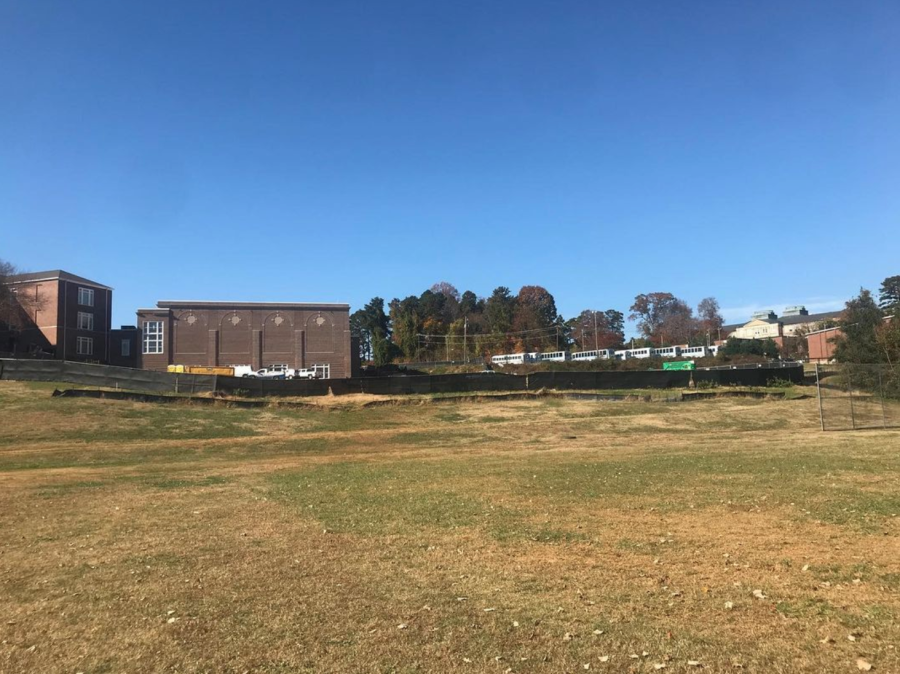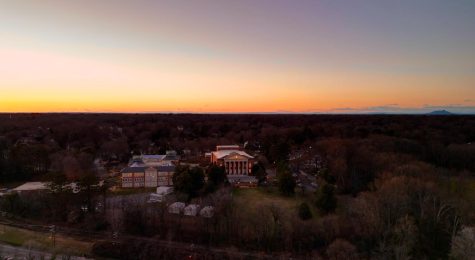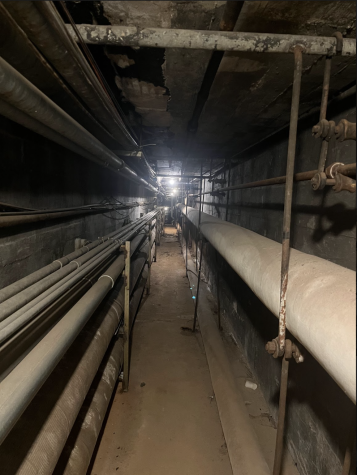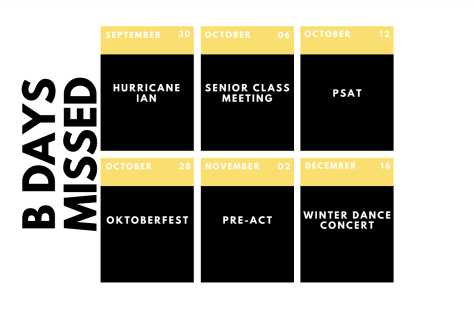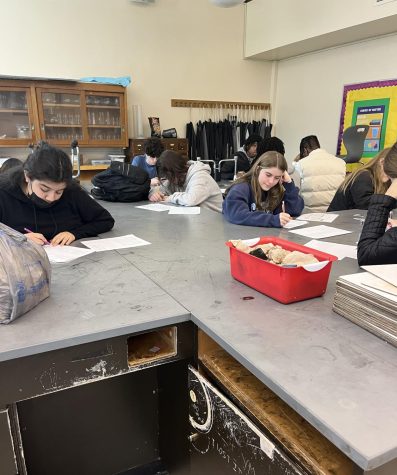Approval at last!
Photo provided by @RJRStadium Instagram
The proposed site for the football stadium sits on the hill just behind the new Wiley gym.
February 6, 2022
For many years, athletes at RJ Reynolds have been flooded with empty promises for a new, on campus stadium. Following a vote by the school board, these athletes might finally be getting the stadium they’ve been awaiting. Unfortunately for senior football player Evan Rhodes, he has already played his final season.
“I feel a little disappointed that I won’t get to use it but overall I feel happy for the underclassmen who will be able to use and enjoy all the benefits of having a home facility,” Rhodes said. “I was told that there would be a stadium at Reynolds by 2018 and once 2018 came and went I was told there would be one by 2020.”
Over the past few years a campaign called Home Field Advantage has been working to make this dream a reality by collecting signatures for a petition and fundraising. On November 16, 2021, the Board of Education held a meeting, and approved funds for a field, irrigation, lights, bleachers, benches, and a score board. Board member Leah Crowley discussed the benefits of Reynolds having a home stadium.
“The importance of having on campus facilities is about access and safety,” Crowley said. “Students have to drive or have a ride to participate in school sponsored extracurriculars – field hockey, soccer, football, lacrosse, marching band, cheerleading, dance team, and JROTC. It negatively impacts the students’ high school experience when they can‘t participate as a team member or spectator because of a lack of transportation. It is a challenge for administrators, coaches, and the athletic trainer to supervise and maintain multiple practice and game fields, stretching staff and financial resources.”
Current athletes have all experienced the struggles of having to travel to every game and, for some teams, even practices.
“The hardest thing was transportation; even though we had buses to almost all of our games, we shouldn’t have to sit on a bus to go to our home games and get there after the other team,” sophomore field hockey player Ada Farmer said. “Some games we didn’t even have long enough to get a good warm-up in before the game had to start.”
This is just one of the many challenges athletes have had to face considering game fields are between 15 and 20 minutes away from the school. There is already a shortage of bus drivers and having to bus athletes to home games just adds to that strain.
“[The] biggest challenge was that our field was kind of far from the school so not a lot of people showed up [for practices],” freshman soccer player Gio Chamu said.
Not only does this make it challenging for kids to come to all practices, but it also discourages kids from playing sports. Students also struggle to attend home games because they have to find a way to get to the location that the teams are playing at.
“The most challenging thing about not having a stadium is a lesser feeling of community and school spirit at RJ Reynolds compared to the schools around us,” Rhodes said.
Athletes can already foresee the positive impact the stadium will have on sports and the Reynolds community.
“If people can just walk across the street, we’ll have more students at games for those smaller sports,” Farmer said. “I think it can also help us gain some confidence at home games because we’ll finally be playing on the field we practice on.”
Many people believe the stadium will solve all these issues and have tremendous benefits for the Reynolds community, but there is still more work to be done.
“More funding needs to be identified and approved,” Crowley said. “This could be from the school system, county, state, private donors, and foundations. One challenge is helping people understand the connection between participating in extracurriculars and how it positively affects children – academically, mentally, physically, and socially. There is also a small, but vocal, contingency who fears an athletic field will bring noise, pollution, and crime.”
These challenges need to be addressed for the stadium to be completed, but the first phase of this project has been approved, making it a huge step in the right direction.



